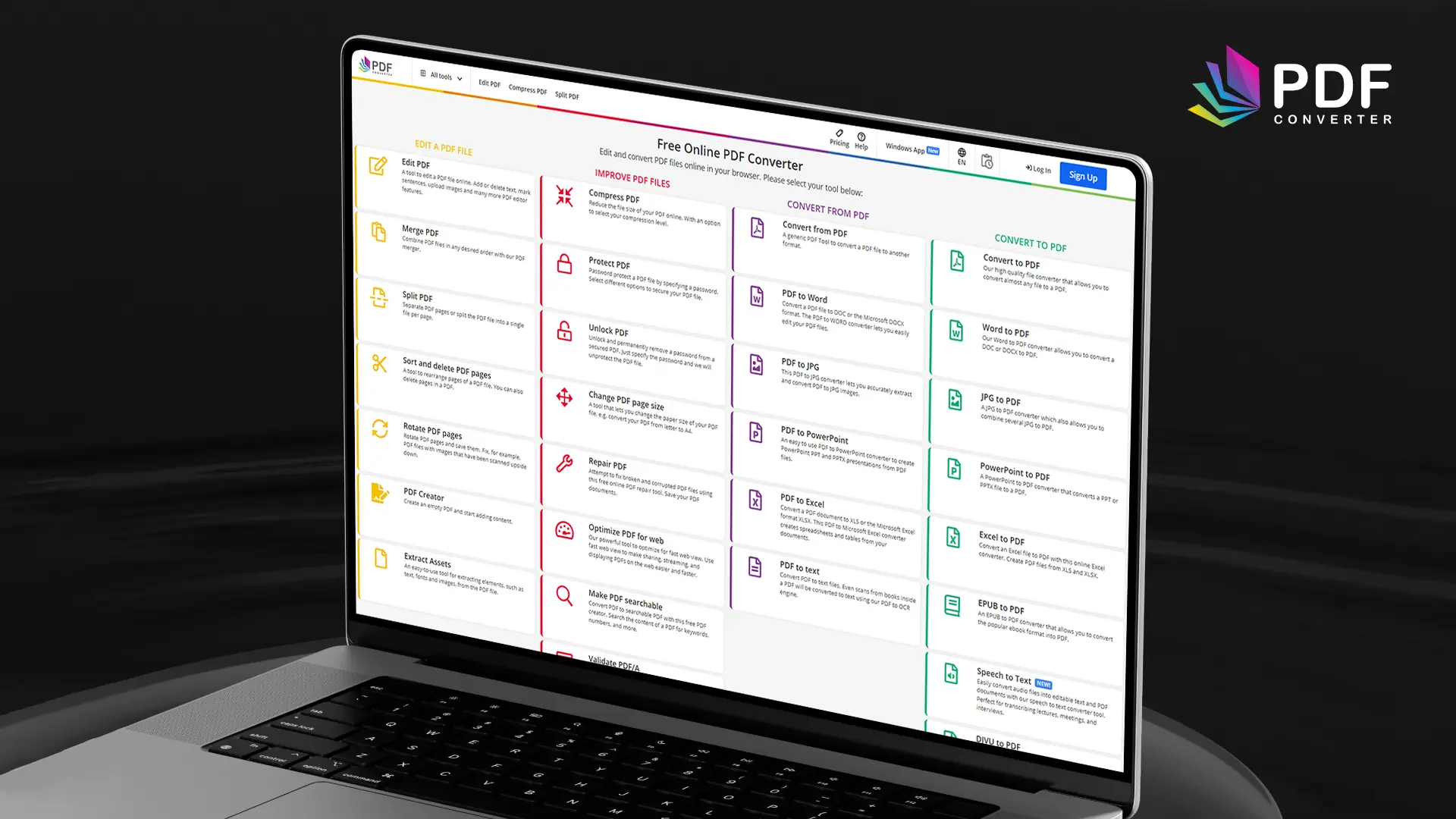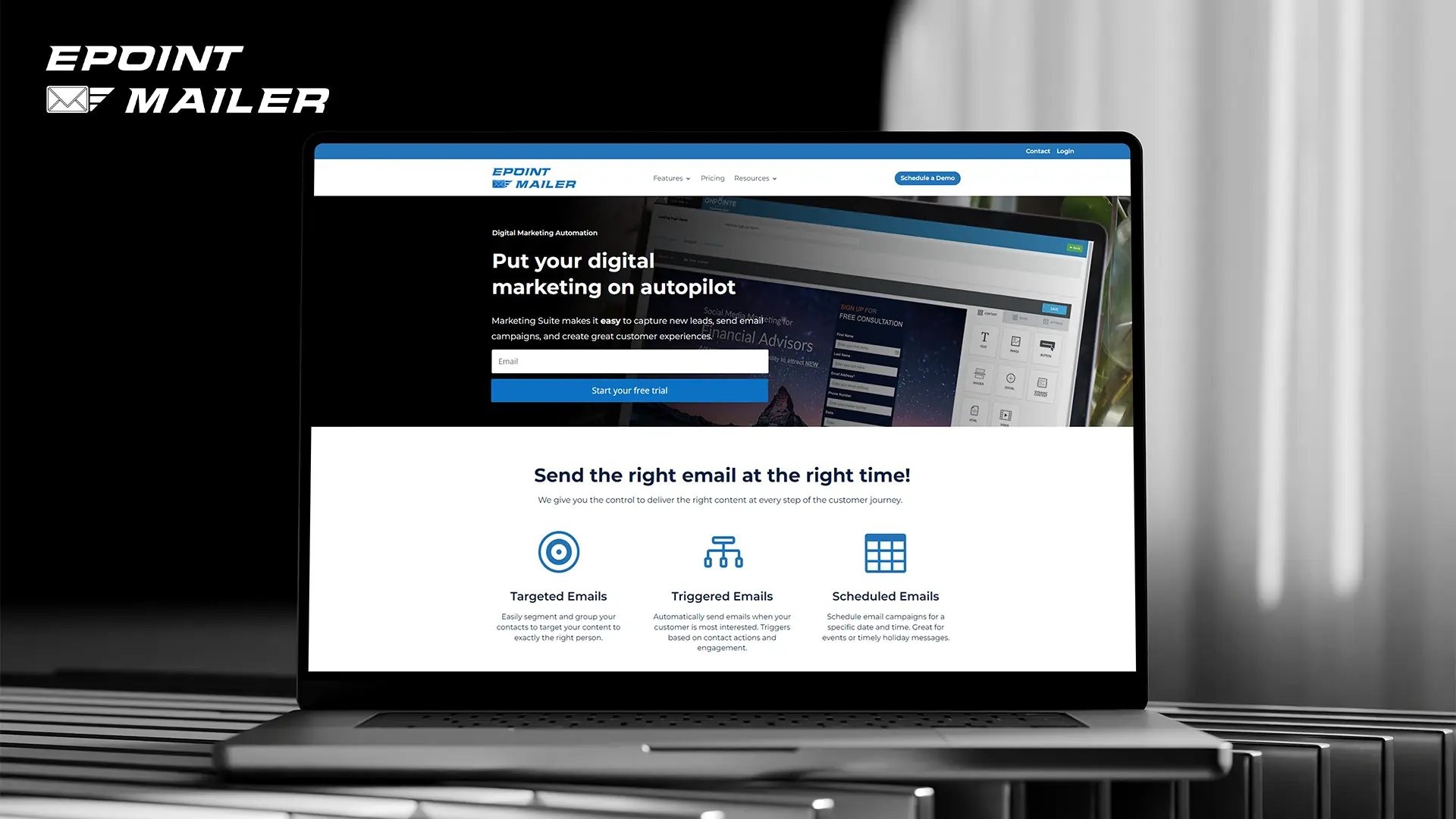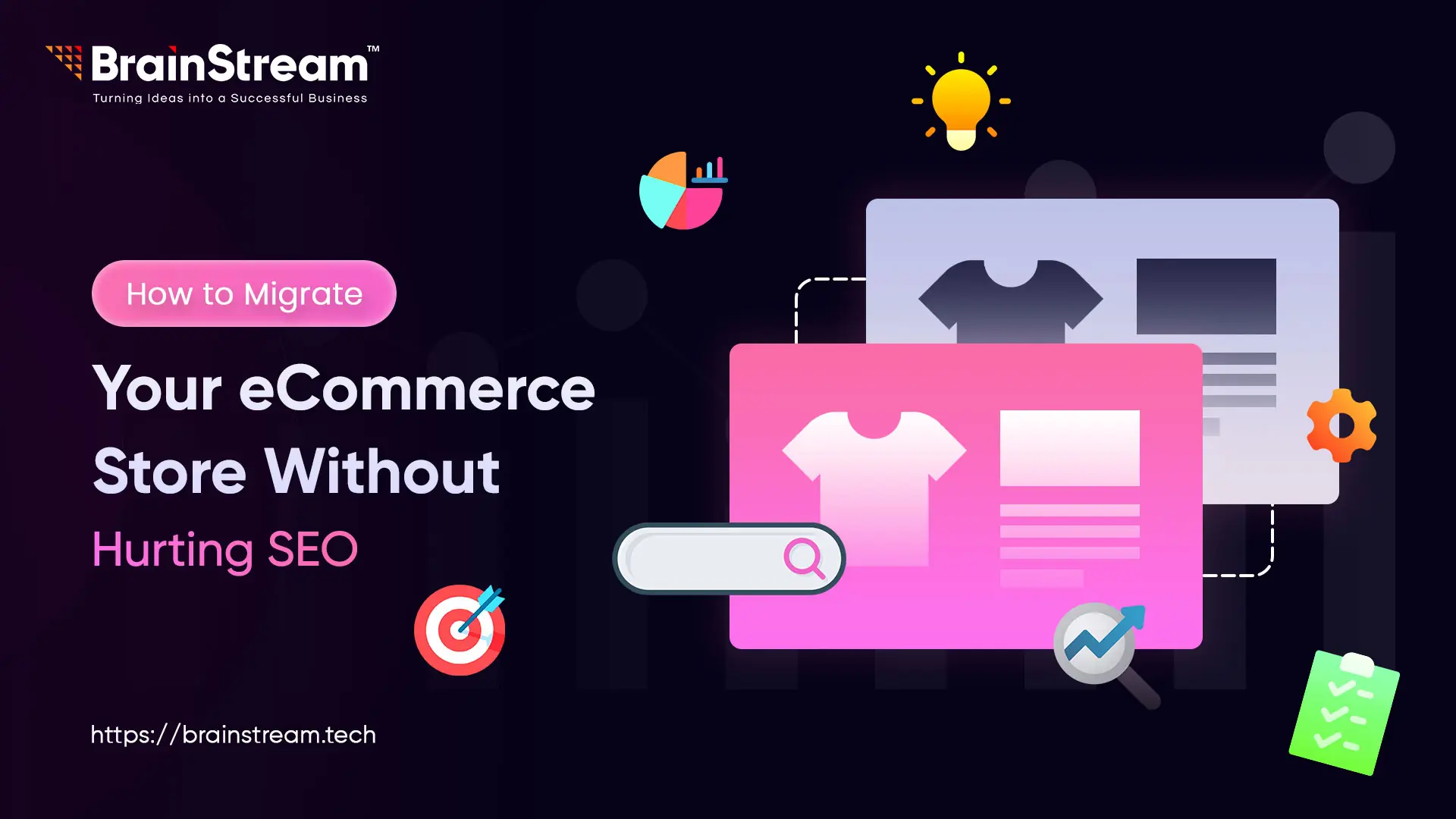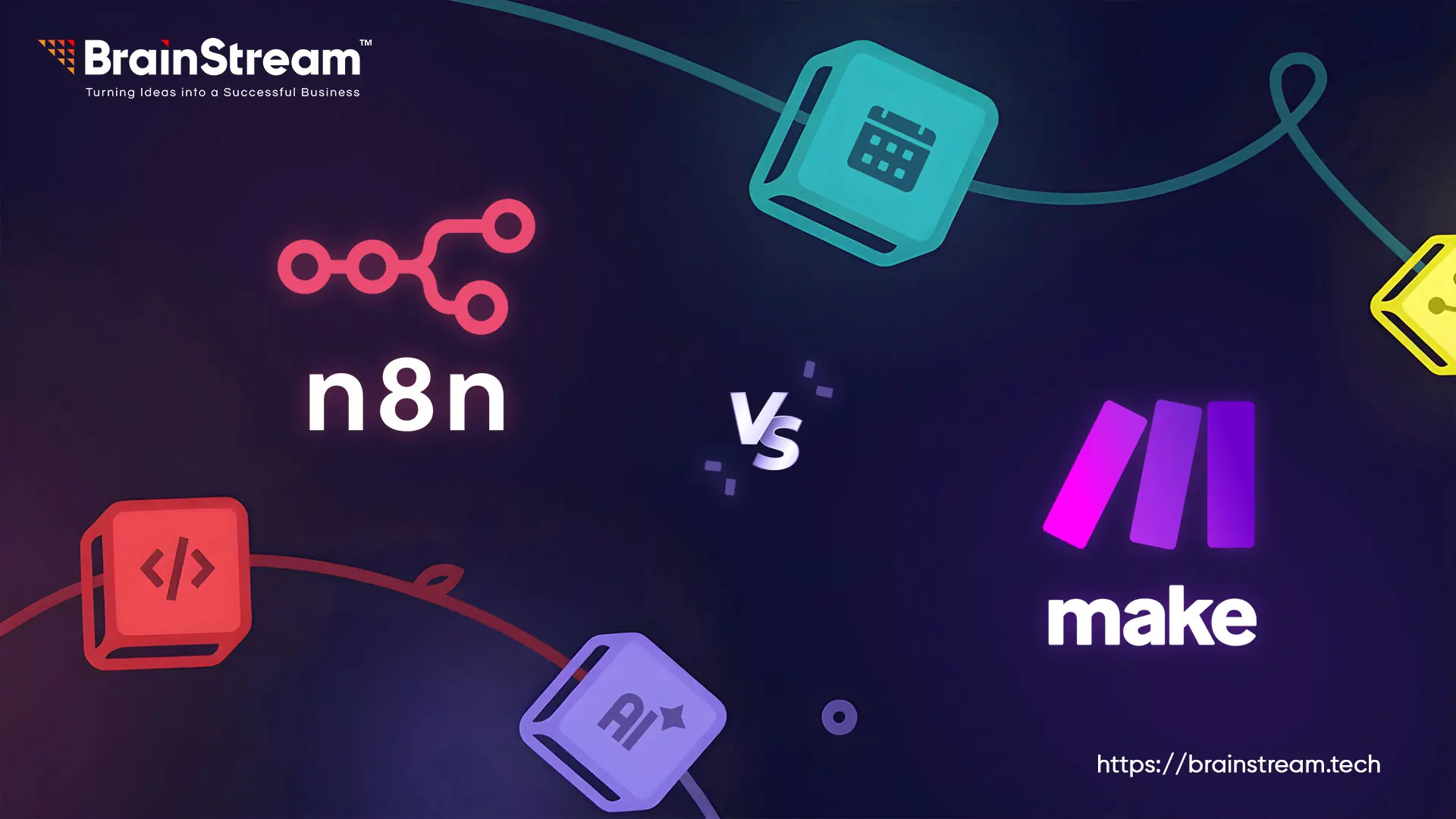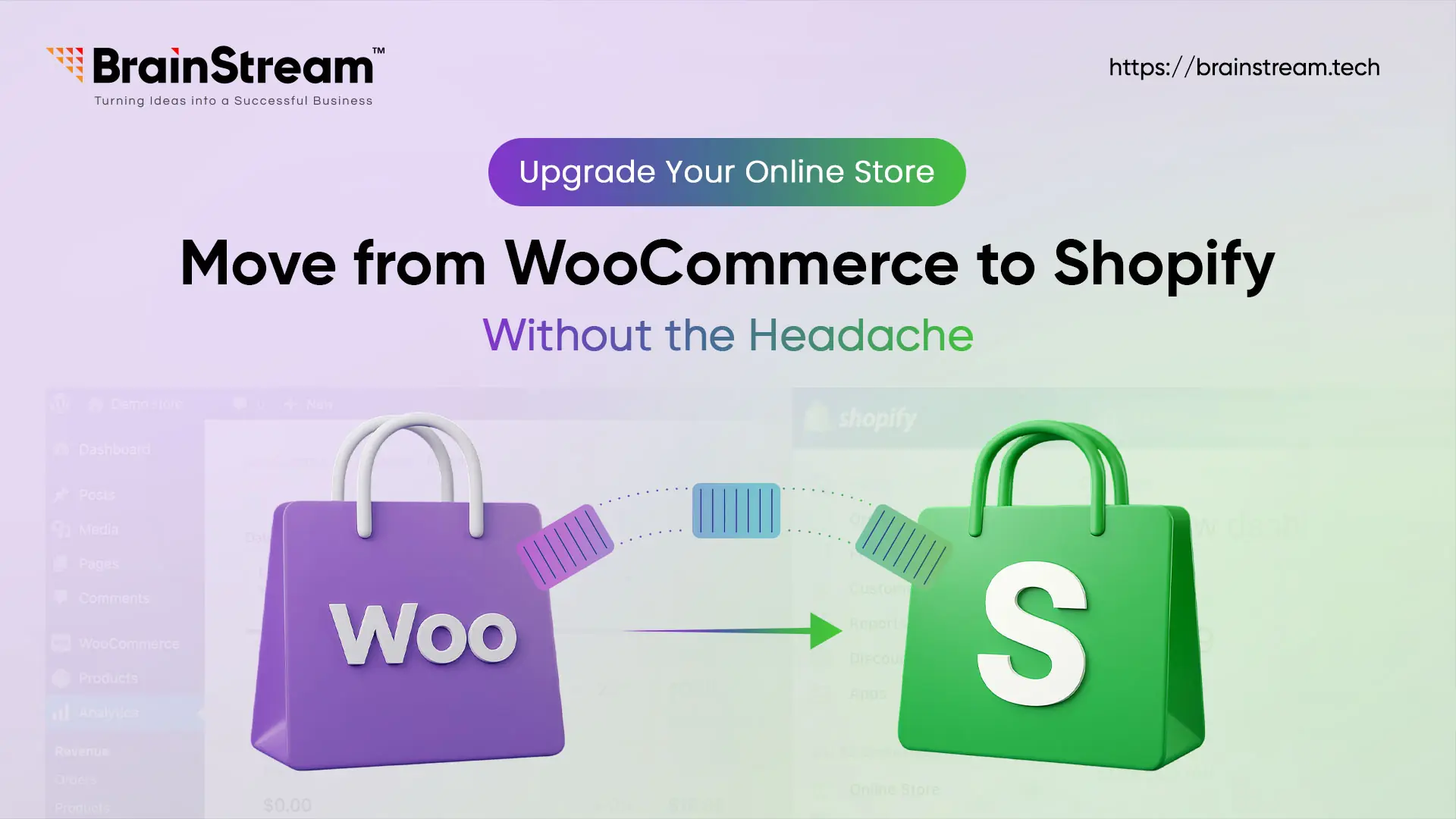
Summary:
When customers like your products and services, does it mean they trust you? Well, technically the answer is no. Because it is not just about products and services. But it is also about the core purpose and the ethics of your organization serving as the fundamental parameters to gain a better level of trust from your customers. To build enough trust is a matter of choosing the right practices empowered with technology to communicate the brand personality to your audience.
March 3, 2022
After all, you need to gain an edge over your competitors by reducing the time that is taken to get your customers to cross the “Trust Entrance” and to hit their attention on you. In his book “The Speed of Trust”, Stephen Covey rightly says that with no trust your business can add a huge cost per transaction. With the advent of technology, businesses are now seeking customers’ trust by asking for their personal information to tackle online behaviour.
But at the same time, your business also hits some roadblocks such as security hacks, illegal surveillance, misuse of personal data, fake news spread, misinformation, etc. So before such incidents begin to breed distrust in stakeholders, you need to take the reigns in your hands to protect your brand reputation.
The focus point is, every single business needs to focus on the four pillars of trust. And here you can harness the technology and digital tools to enable transformation and trust. So let us just head over to knowing which four pillars are used and recommended by Brainstream to ensure that we win our customer’s trust and confidence.
Transparency and Accessibility
Stakeholders always seek transparency before purchasing your products and services. Consumers can download vast amounts of information online about your company. And when they rely on your information, they provide personal and confidential information to your company. With AI technology, the information remains intact and secured. Few tips here for organizations who seek to leverage technologies to foster transparency and accessibility.
- Providing More Transparency Around the Business Model: Nowadays brands and retailers are fetching credibility to customer feedback on their platforms. They call out for voluntary reviews from the verified purchasers and also disclose which ones are solicited.
- Business Terms and Privacy Policies Should be Easily Accessible and Understandable: With this facility, businesses experience lesser friction from customer experiences. For eg, the introduction of conversational interfaces has broken down the complexity of financial products to the customers. Easy interaction with on-demand help desks across different channels like audio, desktop, visual, or mobile is various options helping them make their selections with confidence.
- Micro Monitoring Into Supply Chains to Ensure Product Safety: Regulatory bodies and customers want to the sources of manufacturing products. To ascertain the ethics and trustworthiness of your sources, companies can implement blockchain technologies that enable production source tracking and handling conditions. This further ensures product safety (eg food and medicines), sustainability and social responsibility (apparel and fisheries), and authenticity ( like luxury goods)
Ethics and Responsibility
The logic of the machines cannot define what is right and what is wrong. Technology becomes ethical up to the level the creators and users design it to be. Companies need to align it with their fundamental purpose and business ethics. This means that they can establish the deepest levels of trust with the technology by deploying digital tools in the service of customer requirements and providing social benefits. This further leads to several advantages as enumerated below:
- Your brand can untap company goals, inclusion, and well-being. It also curbs disinformation and promotes the social benefits of using technology.
- Your company’s brand reputation receives a boost and establishes a stronger pillar of trust
- Leveraging technology prowess to classify customer complaints and ensuring to address the most urgent and complicated ones.
- Creating digital solutions that sabotage misinformation in its tracks such as spoofing and rumors.
- Establishing safeguards via digital controls to advocate stakeholder welfare by preventing unethical or inappropriate use of technology. For eg, warning customers about the behaviours of cloud computing providers by issuing auto alerts.
Privacy and Control
There are some very good ways companies can adopt by deploying digital technologies to encourage safe sharing of data and thereby build the third pillar of trust
- Giving Control to Users of Their Data: Data sharing is not in the way of losing privacy. It is all about loss of control that keeps the customers worried and powerless. So let the customers take the reins. Offer them their privacy dashboard where they can keep tabs on what data is being collected and how is it used by the company.
- Cultivating Consumer Data Accuracy: With data sharing, you are providing seamless personalized services to your consumers. And that works only if the data is accurate. This is not possible with third-party data. Hence, instead, organizations should turn towards collecting data that comes directly from the customer.
- Economic usage of personally identified customer information: With a meagre of privacy protection regulations that fail to determine and quantify the amount of data required from customers’ end, organizations should choose to use and analyze customer data very wisely and with less quantity. For eg, conducting analytics and calculations with recent technology developments wherein the customer data remains encrypted even while undergoing analysis.
Security and Reliability
Consumers always appreciate the comfort and benefits that digital technologies offer. But they also hold the companies accountable for maintaining online user security and protecting their data. The organization’s reputation mostly relies on the strength of its data security practices. Brands can always differentiate themselves by building the fourth pillar of digital trust in the following ways.
- Decrease Fraud Cases by Verifying People’s Identity Who Claims to be Customers or Service Providers: Digital technologies can be used to identify customers based on their online behaviour alone and provide a frictionless experience. For eg., the company’s call centre uses voice recognition technology to verify phone transactions and to clamp down on errors and fraud.
- Harnessing Automation and AI to Reduce Errors and Fraud: AI and Automation technology can generate more information than humans. For eg., a financial services provider deploys a secure chat bot that supports customers who wish to share sensitive financial and personal information. This enables data protection from human operators.
- Warning Users with an Alert in Case of Any Suspicious Account Activity: There are intelligent threat detection tools that caution users against anomalous and suspicious activity in their accounts. For eg., technology providers send an alert to users about suspicious account login attempts or many financial institutions need users to authenticate unusual or significant transactions.
Final Thoughts
Different companies stand at different stages of digital transformation. Each organization must adopt a well-designed plan to support its journey of trust. Entrepreneurs and founders play a big role here in facilitating this journey.
At Brainstream, we evaluate all our colleagues in terms of their level of understanding of the strategic, operations, reputational and financial impact of nurturing stakeholder trust. The digital transformation takes place in an organization along with the integration of the above four pillars of trust. To build long-term digital trust with your stakeholders, reach out to us as we are helping brands create authentic web solutions embedded with trust and reliability.
Related Blog
Insight
SSL Certificates : The Key to Web Security and User Trust
In the digital age, protecting data isn't optional—it's essential. As threats like cyberattacks, phishing schemes, and identity theft continue to rise, users demand secure experiences from websites and applications. This is where SSL (Secure Sockets Layer) certificates play a critical...
Insight
What Does It Take to Automate Business and Various Industries?
Mckinsey reports reveal that 66% of businesses across verticals have initiated to automate their workflows. Every industry is benefiting from automating core processes. This clears the point that automation is possible for any and every kind of business or industry....

Keep up-to-date with our newsletter.
Sign up for our newsletter to receive weekly updates and news directly to your inbox.


